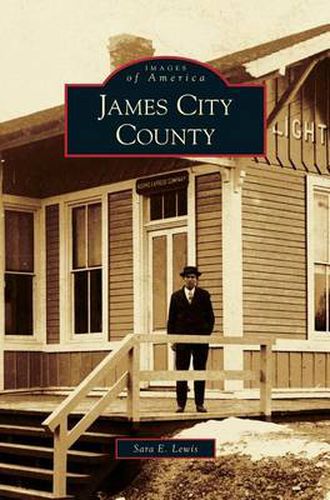James City County
Sara E Lewis

James City County
Sara E Lewis
This title is printed to order. This book may have been self-published. If so, we cannot guarantee the quality of the content. In the main most books will have gone through the editing process however some may not. We therefore suggest that you be aware of this before ordering this book. If in doubt check either the author or publisher’s details as we are unable to accept any returns unless they are faulty. Please contact us if you have any questions.
Beyond museum restorations at Jamestown and neighboring Williamsburg, the history of America’s first county is largely unknown to many who visit or live nearby. However, they see and read a multitude of street, neighborhood, and business names that bear silent witness to the county’s history. Founded in 1634 atop ancient Algonquin Indian territory, the locality was first made up of plantations and small farms occupied by Europeans and Africans. As they spread out from James Citie, immigrants sited themselves near rivers and creeks. Waterways provided the earliest transportation network, but interior road maintenance was key to further development of commerce and community. After the Civil War, James City County’s population was concentrated along the Toano-Norge-Lightfoot corridor. Communities blossomed along an ancient footpath that followed the Virginia Peninsula’s spine. In the 1880s, the railroad paralleled a portion of it, and motorcars followed, making Richmond Road the county’s primary thoroughfare. Other community centers included Diascund, Croaker, Chickahominy, Centerville, and Grove.
This item is not currently in-stock. It can be ordered online and is expected to ship in 7-14 days
Our stock data is updated periodically, and availability may change throughout the day for in-demand items. Please call the relevant shop for the most current stock information. Prices are subject to change without notice.
Sign in or become a Readings Member to add this title to a wishlist.


